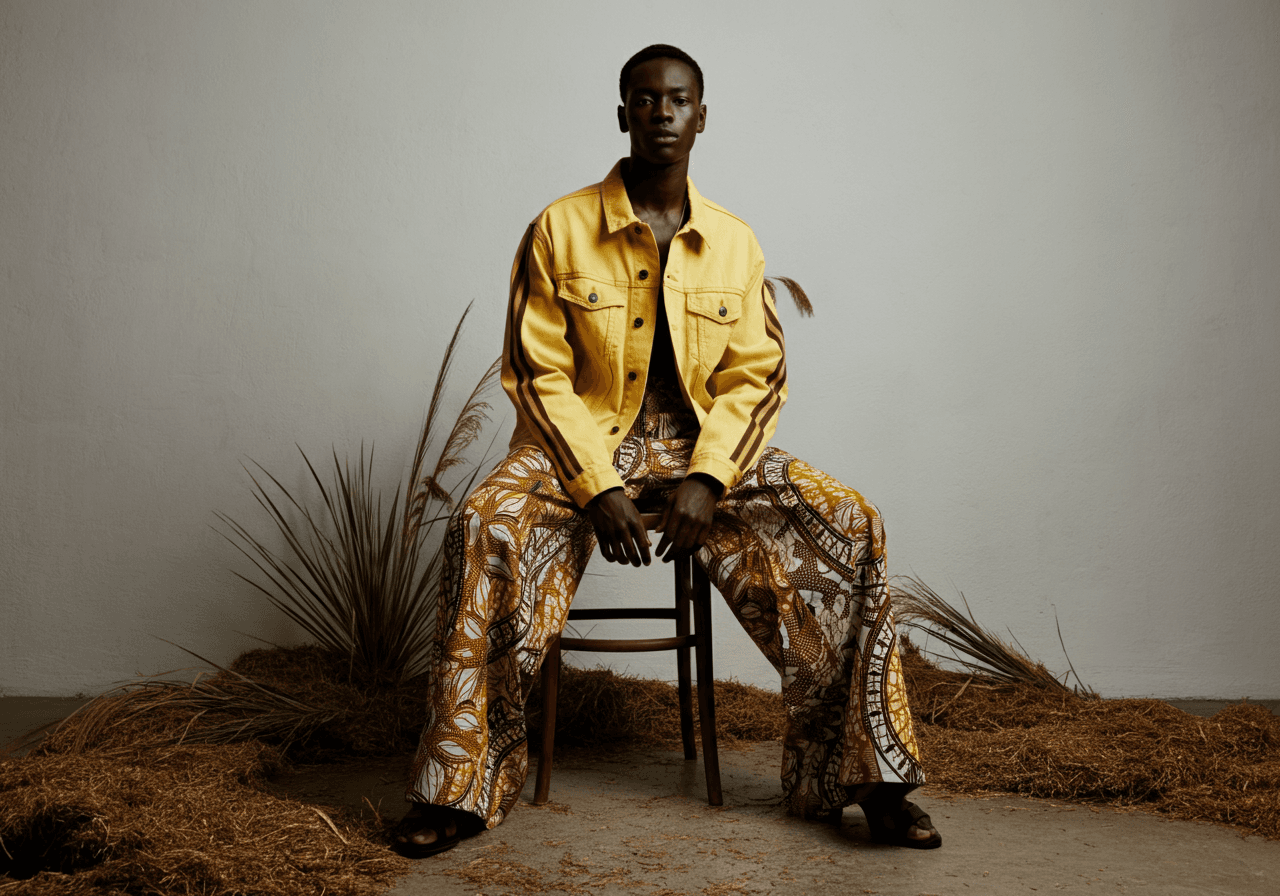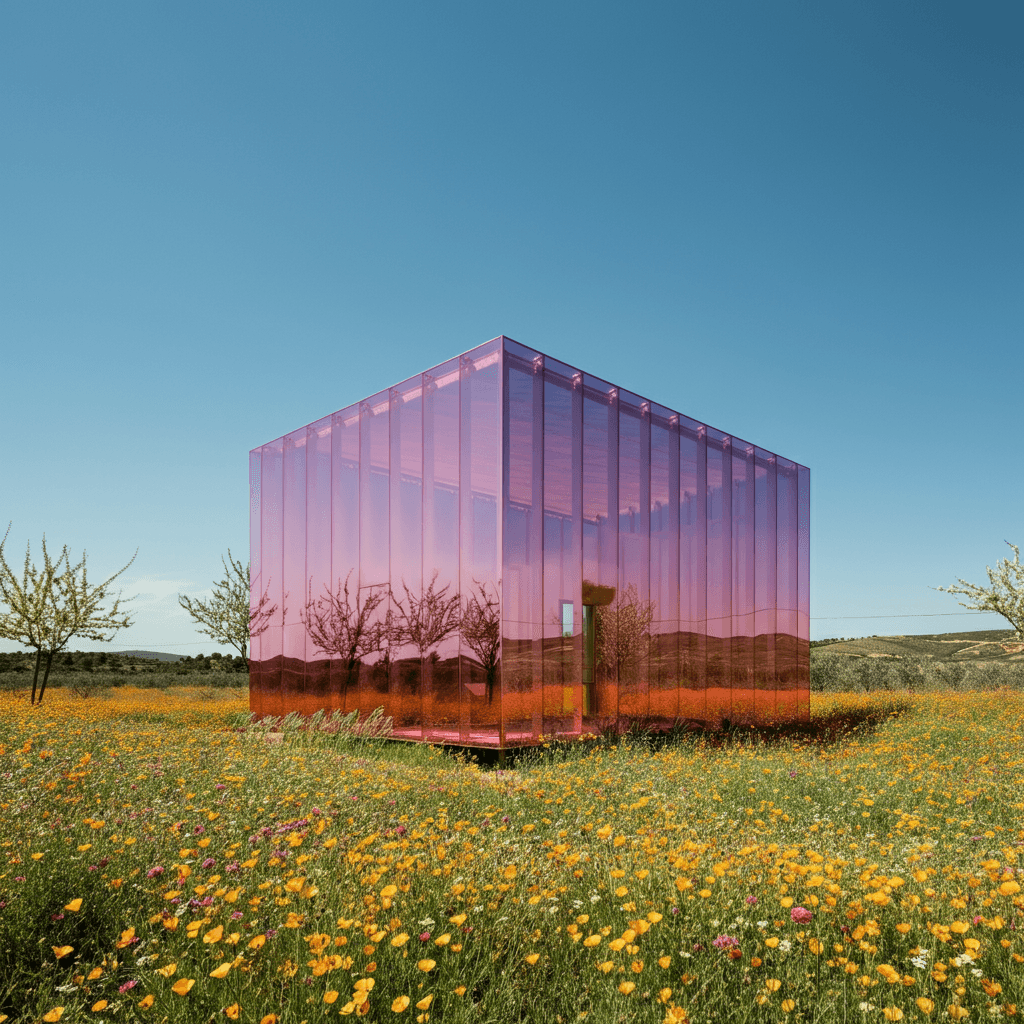

Sep 14, 2024
2025 Insights on Australian Social Media Usage
Social media in Australia is more than communication—it’s commerce, culture, and community. Mastering the medium could unlock unprecedented growth.
News
Digital Strategy
Social Media Marketing
Landscape
Understanding the scale, saturation, and behavioural shifts behind Australia’s social platforms.
Social media is deeply embedded in the daily rhythm of Australian life, influencing everything from how we consume news to how we make purchasing decisions. As of early 2025, there are 20.9 million active social media users across Australai—representing nearly 78% of the national population. That’s a significant slice of attention for any business aiming to grow market share. Internet penetration sits at an impressive 95%, reinforcing just how digitally connected Australians are across metro and regional areas alike. But more revealing than raw numbers is how Australians are using these platforms: not passively, but actively—sharing, shopping, searching, and engaging for hours every day. In fact, time spent on social media is now rivalling traditional online activities like email and web browsing, signalling a major behavioural shift in digital consumption. For brands, this isn’t just a channel—it’s the primary interface for culture and commerce.

Movement
Exploring the key platform shifts, content behaviours, and user expectations that matter in 2025.
The Australian social media landscape in 2025 is defined by agility and visual storytelling. Video remains the dominant content format, led by platforms like TikTok, Instagram Reels, and YouTube. Short-form videos continue to outperform static posts across engagement metrics, while long-form video is gaining renewed traction through episodic series, tutorials, and storytelling-based ads. Brands that invest in high-quality, platform-native video content are already seeing stronger ROI across the board. But content alone isn’t enough. Authenticity has become the gold standard—especially among Gen Z and Millennials, who expect brands to show up with purpose and transparency. User-generated content, behind-the-scenes access, and creator collaborations are outperforming polished, overproduced ads. In parallel, social commerce is booming. Platforms are blurring the lines between content and conversion, with in-app purchases, shoppable links, and product tags becoming core to the user journey. Meanwhile, influencer marketing is maturing: success isn’t about reach alone—it’s about resonance. Strategic partnerships with micro and mid-tier creators who align with a brand’s values are delivering more meaningful engagement than ever before.


Implication
What it means for Australian businesses—and how to strategically adapt.
These trends aren’t abstract—they carry clear and immediate implications for brands looking to grow in a saturated market. First, channel specificity is essential. What works on TikTok won’t land on LinkedIn, and your Instagram strategy should look very different to your Facebook approach. This requires marketers to think multi-dimensionally, building content pipelines that speak to each platform’s algorithm and audience expectations. Second, video can no longer be treated as a bonus—it needs to be a core part of your content engine. Whether educating, entertaining, or selling, video is the medium that drives traction. Third, authenticity is no longer a trend—it’s a trust signal. Consumers can smell inauthenticity from a mile away, and they’re quick to disengage from brands that don’t walk their talk. Fourth, commerce and content are converging—businesses should be actively exploring how to shorten the path to purchase within social channels. Finally, AI is quietly revolutionising how we target, track, and optimise social campaigns. From predictive analytics to content recommendations and automated community management, AI-powered tools are giving savvy marketers an edge. At Serif & Stone, we help our clients not only stay ahead of the curve—but set the standard for what meaningful social media strategy should look like in 2025.

Latest Updates
(GQ® — 02)
©2024
FAQ
01
What does a project look like?
02
How is the pricing structure?
03
Are all projects fixed scope?
04
What is the ROI?
05
How do we measure success?
06
What do I need to get started?
07
Do I need to know how to code?


Sep 14, 2024
2025 Insights on Australian Social Media Usage
Social media in Australia is more than communication—it’s commerce, culture, and community. Mastering the medium could unlock unprecedented growth.
News
Digital Strategy
Social Media Marketing
Landscape
Understanding the scale, saturation, and behavioural shifts behind Australia’s social platforms.
Social media is deeply embedded in the daily rhythm of Australian life, influencing everything from how we consume news to how we make purchasing decisions. As of early 2025, there are 20.9 million active social media users across Australai—representing nearly 78% of the national population. That’s a significant slice of attention for any business aiming to grow market share. Internet penetration sits at an impressive 95%, reinforcing just how digitally connected Australians are across metro and regional areas alike. But more revealing than raw numbers is how Australians are using these platforms: not passively, but actively—sharing, shopping, searching, and engaging for hours every day. In fact, time spent on social media is now rivalling traditional online activities like email and web browsing, signalling a major behavioural shift in digital consumption. For brands, this isn’t just a channel—it’s the primary interface for culture and commerce.

Movement
Exploring the key platform shifts, content behaviours, and user expectations that matter in 2025.
The Australian social media landscape in 2025 is defined by agility and visual storytelling. Video remains the dominant content format, led by platforms like TikTok, Instagram Reels, and YouTube. Short-form videos continue to outperform static posts across engagement metrics, while long-form video is gaining renewed traction through episodic series, tutorials, and storytelling-based ads. Brands that invest in high-quality, platform-native video content are already seeing stronger ROI across the board. But content alone isn’t enough. Authenticity has become the gold standard—especially among Gen Z and Millennials, who expect brands to show up with purpose and transparency. User-generated content, behind-the-scenes access, and creator collaborations are outperforming polished, overproduced ads. In parallel, social commerce is booming. Platforms are blurring the lines between content and conversion, with in-app purchases, shoppable links, and product tags becoming core to the user journey. Meanwhile, influencer marketing is maturing: success isn’t about reach alone—it’s about resonance. Strategic partnerships with micro and mid-tier creators who align with a brand’s values are delivering more meaningful engagement than ever before.


Implication
What it means for Australian businesses—and how to strategically adapt.
These trends aren’t abstract—they carry clear and immediate implications for brands looking to grow in a saturated market. First, channel specificity is essential. What works on TikTok won’t land on LinkedIn, and your Instagram strategy should look very different to your Facebook approach. This requires marketers to think multi-dimensionally, building content pipelines that speak to each platform’s algorithm and audience expectations. Second, video can no longer be treated as a bonus—it needs to be a core part of your content engine. Whether educating, entertaining, or selling, video is the medium that drives traction. Third, authenticity is no longer a trend—it’s a trust signal. Consumers can smell inauthenticity from a mile away, and they’re quick to disengage from brands that don’t walk their talk. Fourth, commerce and content are converging—businesses should be actively exploring how to shorten the path to purchase within social channels. Finally, AI is quietly revolutionising how we target, track, and optimise social campaigns. From predictive analytics to content recommendations and automated community management, AI-powered tools are giving savvy marketers an edge. At Serif & Stone, we help our clients not only stay ahead of the curve—but set the standard for what meaningful social media strategy should look like in 2025.

Latest Updates
(GQ® — 02)
©2024
FAQ
01
What does a project look like?
02
How is the pricing structure?
03
Are all projects fixed scope?
04
What is the ROI?
05
How do we measure success?
06
What do I need to get started?
07
Do I need to know how to code?


Sep 14, 2024
2025 Insights on Australian Social Media Usage
Social media in Australia is more than communication—it’s commerce, culture, and community. Mastering the medium could unlock unprecedented growth.
News
Digital Strategy
Social Media Marketing
Landscape
Understanding the scale, saturation, and behavioural shifts behind Australia’s social platforms.
Social media is deeply embedded in the daily rhythm of Australian life, influencing everything from how we consume news to how we make purchasing decisions. As of early 2025, there are 20.9 million active social media users across Australai—representing nearly 78% of the national population. That’s a significant slice of attention for any business aiming to grow market share. Internet penetration sits at an impressive 95%, reinforcing just how digitally connected Australians are across metro and regional areas alike. But more revealing than raw numbers is how Australians are using these platforms: not passively, but actively—sharing, shopping, searching, and engaging for hours every day. In fact, time spent on social media is now rivalling traditional online activities like email and web browsing, signalling a major behavioural shift in digital consumption. For brands, this isn’t just a channel—it’s the primary interface for culture and commerce.

Movement
Exploring the key platform shifts, content behaviours, and user expectations that matter in 2025.
The Australian social media landscape in 2025 is defined by agility and visual storytelling. Video remains the dominant content format, led by platforms like TikTok, Instagram Reels, and YouTube. Short-form videos continue to outperform static posts across engagement metrics, while long-form video is gaining renewed traction through episodic series, tutorials, and storytelling-based ads. Brands that invest in high-quality, platform-native video content are already seeing stronger ROI across the board. But content alone isn’t enough. Authenticity has become the gold standard—especially among Gen Z and Millennials, who expect brands to show up with purpose and transparency. User-generated content, behind-the-scenes access, and creator collaborations are outperforming polished, overproduced ads. In parallel, social commerce is booming. Platforms are blurring the lines between content and conversion, with in-app purchases, shoppable links, and product tags becoming core to the user journey. Meanwhile, influencer marketing is maturing: success isn’t about reach alone—it’s about resonance. Strategic partnerships with micro and mid-tier creators who align with a brand’s values are delivering more meaningful engagement than ever before.


Implication
What it means for Australian businesses—and how to strategically adapt.
These trends aren’t abstract—they carry clear and immediate implications for brands looking to grow in a saturated market. First, channel specificity is essential. What works on TikTok won’t land on LinkedIn, and your Instagram strategy should look very different to your Facebook approach. This requires marketers to think multi-dimensionally, building content pipelines that speak to each platform’s algorithm and audience expectations. Second, video can no longer be treated as a bonus—it needs to be a core part of your content engine. Whether educating, entertaining, or selling, video is the medium that drives traction. Third, authenticity is no longer a trend—it’s a trust signal. Consumers can smell inauthenticity from a mile away, and they’re quick to disengage from brands that don’t walk their talk. Fourth, commerce and content are converging—businesses should be actively exploring how to shorten the path to purchase within social channels. Finally, AI is quietly revolutionising how we target, track, and optimise social campaigns. From predictive analytics to content recommendations and automated community management, AI-powered tools are giving savvy marketers an edge. At Serif & Stone, we help our clients not only stay ahead of the curve—but set the standard for what meaningful social media strategy should look like in 2025.

FAQ
What does a project look like?
How is the pricing structure?
Are all projects fixed scope?
What is the ROI?
How do we measure success?
What do I need to get started?
Do I need to know how to code?

